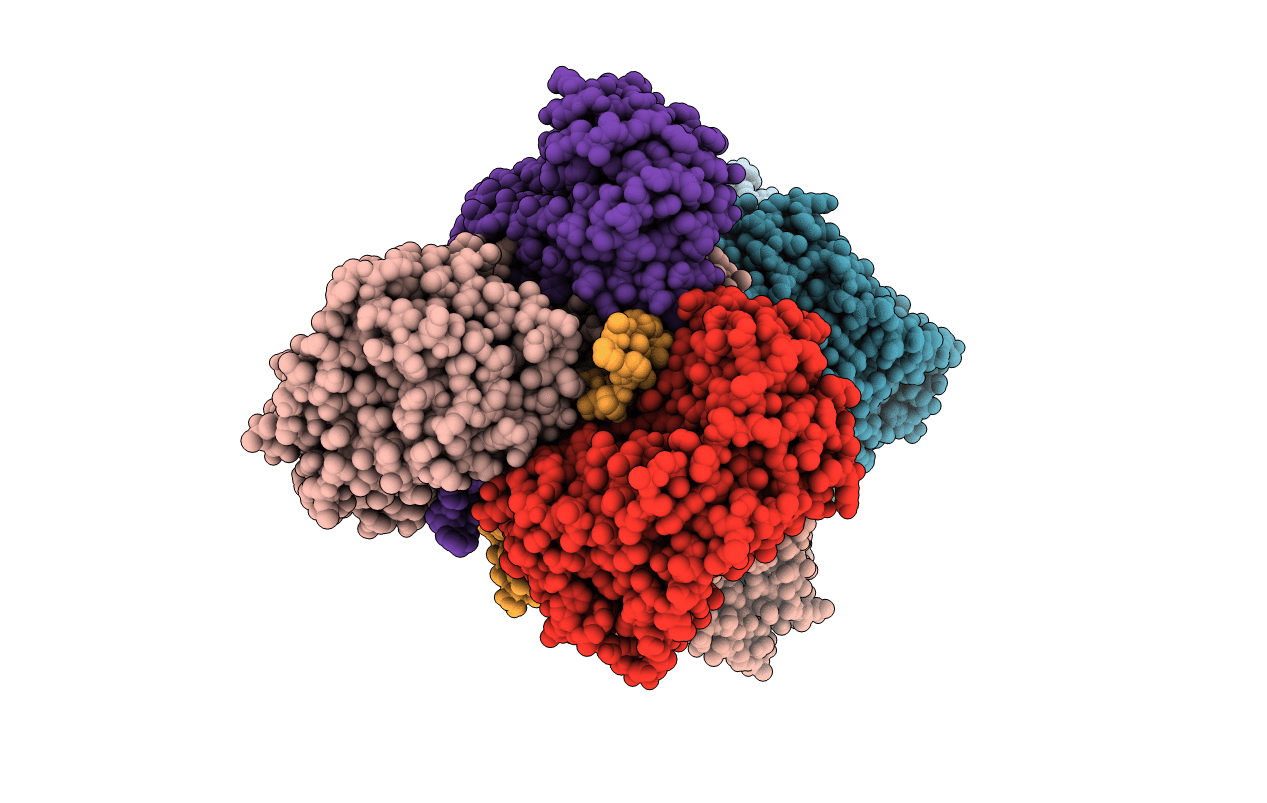
Deposition Date
2014-07-24
Release Date
2015-08-19
Last Version Date
2024-02-28
Entry Detail
PDB ID:
4QYJ
Keywords:
Title:
Structure of Phenylacetaldehyde Dehydrogenase from Pseudomonas putida S12
Biological Source:
Source Organism:
Pseudomonas putida (Taxon ID: 1215087)
Host Organism:
Method Details:
Experimental Method:
Resolution:
2.83 Å
R-Value Free:
0.25
R-Value Work:
0.25
R-Value Observed:
0.22
Space Group:
P 21 21 21


